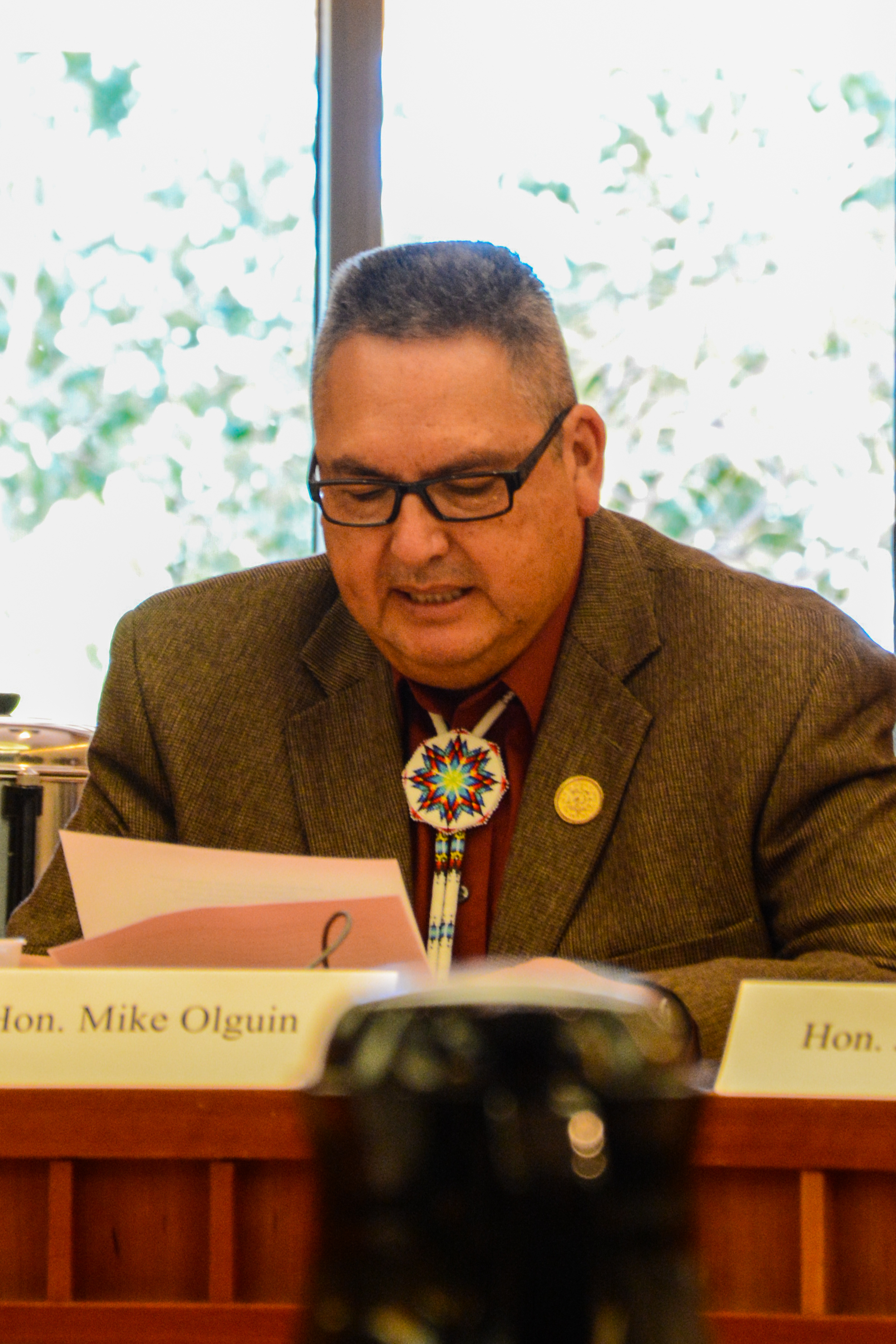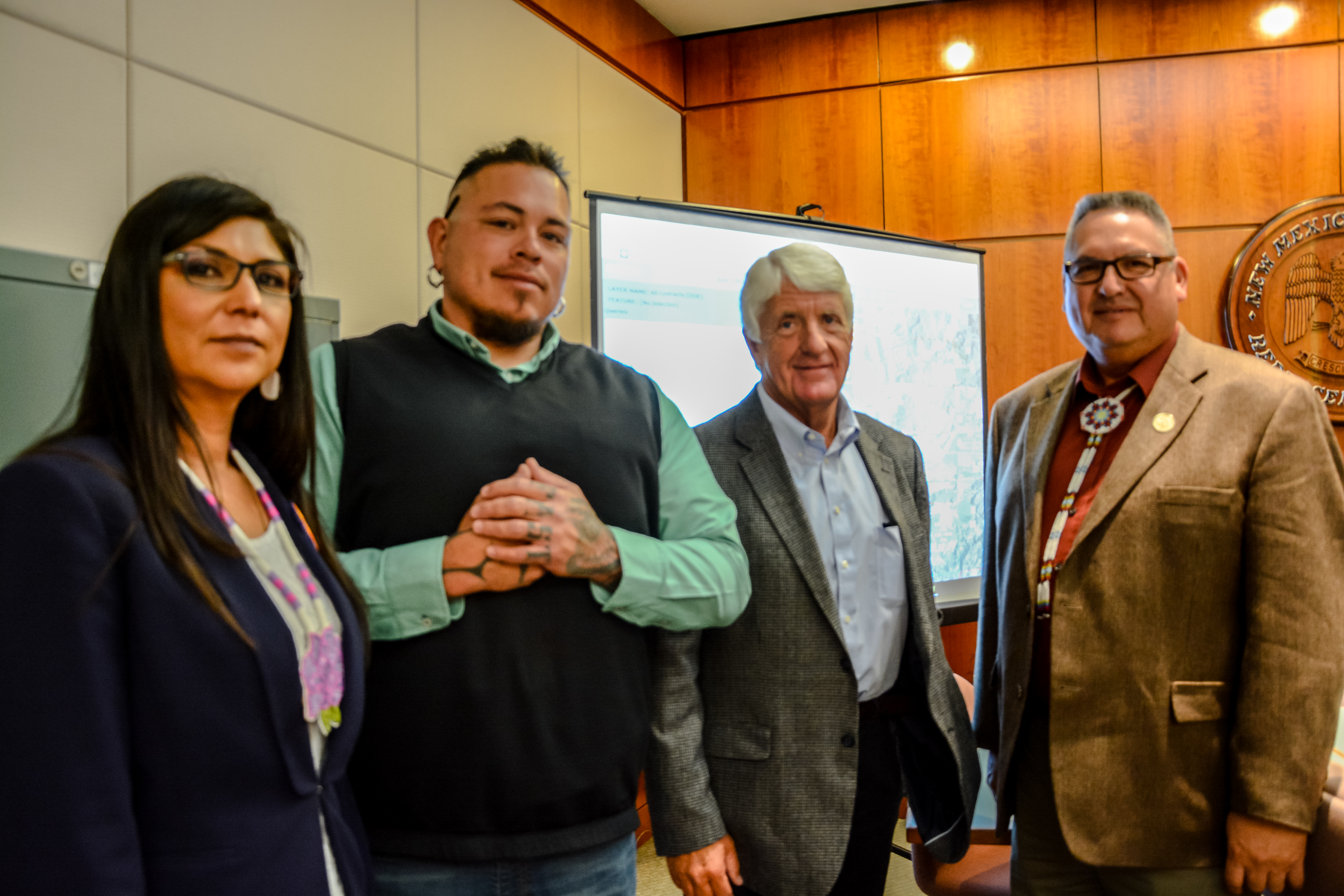Last week in Santa Fe, N.M a field hearing was held by the U.S. House Committee on Natural Resources focusing on the beneficial impact of developing energy for tribes’ economies, how tribes manage their energy resources, federal regulation and lack of information given to tribes.
Southern Ute Tribal Treasurer James M. Olguin was in attendance to speak on the tribe’s behalf. During the hearing he talked about the tribe’s history in energy and its ability to manage its own energy developments successfully.
“Approximately thirty percent of the tribe’s income comes from energy development on the reservation,” Olguin said. “Accordingly, we are well positioned to speak to the relationship between energy development, prosperity, and tribal self-determination.”
For Southern Ute and other tribes across Indian Country the development of their own natural resources has the ability to bring in significant revenue. However, due to federal regulations that often delay development, many tribes are missing out on potential opportunities.
For example, for the tribe, Olguin talked about the issuance of drilling permits on fee land compared to tribal lands. Explaining just one example of how federal regulations make it difficult for tribes to develop their own natural resources.
Olguin said that the State of Colorado issues drilling permits on fee land in typically 45 days. In comparison, on tribal lands, where the Bureau of Land Management (BLM) issues permits to drill, a permit can take anywhere from four to six months to obtain. Also, permitting costs are much higher on tribal lands than fee lands. A state-drilling permit in Colorado is free; where on tribal lands the BLM’s fee is $9,500 – none of that money going to the tribe.
This is of deep concern to the tribe because on the reservation tribal land and non-Indian fee land are checkerboard. Oil and gas operators can develop on non-Indian fee land a lot quicker and for less money, all while depleting Indian minerals, Olguin said.
“The Tribe respectfully suggests that in some instances, the best way for the United States to uphold its trust responsibility would be to step aside,” he said.
Olguin also talked about how the BIA is failing to meet the needs of the tribe due to inadequate staffing and resources.
He spoke of the difficulties the agency has hiring qualified staffing due to the cost of living in the region and the agency’s lack of technological resources.
After the hearing the tribe and the Southern Ute Department of Energy met with Chairman of the committee U.S. Rep. Rob Bishop of Utah for a demo of the tribe’s own Land Information System, that the tribe developed in house with $250,000 from the Department of Interior and $1 million of the tribe’s own money.
Olguin asked Bishop if he could help the tribe get the local BIA agency to utilize the tribe’s Land Information System technology for the tribe’s benefit. Olguin said the BIA lacks the technology to manage the tribe’s energy resources. Which is why the tribe developed its own database with GIS capabilities Trust Asset and Accounting Management System (TAAMS) does not have. In the past there has been reluctance from the feds to use the tribe’s system, Olguin said.
Bishop agreed to try and help get the local agency to start utilizing the tribe’s technology.




